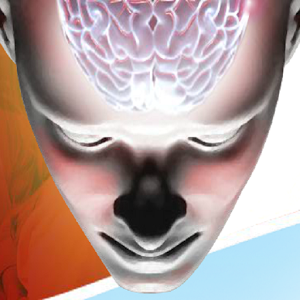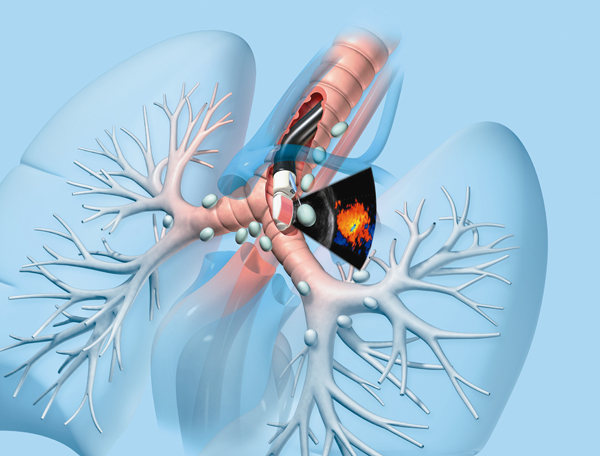Mental status changes and mortality
Mental status changes and mortality
It is known that elderly patients present to the emergency department more commonly than the normal population and require intensive care more frequently. At the present time, approximately 15.0% of all emergency department patients belong to the geriatric age group, and it is estimated that this proportion will rise to 25.0% in the next 30 years. Forty percent of the ambulatory patients who arrive at the emergency department and 50.0% of the patients presenting to the emergency department and taken into the intensive care unit are geriatric patients. 
Also, it is known that 64.8% of patients above the age of 75 present to the emergency department at least once a year. In time, emergency departments will become the primary point of hospital admission for these patients.Geriatric patients have associated diseases such as chronic obstructive pulmonary disease (COPD), diabetes mellitus (DM), hypertension (HTN) as well as physiological changes resulting from advancing age. Polypharmacy is common in these patients and undesirable changes occur in the absorption, dispersion, metabolism and disposal of drugs due to the physiological changes resulting from advanced age.
Therefore, it is sometimes difficult to distinguish which reasons for emergency department visits by these patients are related to the previous complaints of existing diseases or a new situation. Also, adding a change in consciousness to this situation makes the definitive diagnosis of patients difficult. Twenty-five percent of the patients presenting to the emergency department for various reasons have some form of mental status change. This situation also increases with age9. As such, it may be concluded that the evaluation of mental status changes of elderly patients presenting to the emergency departments is of great significance.
Several tests used in the determination of mental status changes in elderly patients have been defined. The MMSE test is the gold standard test for examination of mental status disorder. Because of the practical difficulties of this test, tests such as the six-questions screening test (SQST) and clock drawing test have been developed that can be administered easier and faster. However, research that reviews the relationship between final diagnosis and initial complaints, incorporating the mental status changes of elderly patients, who have presented to the emergency department has not been performed.
In this study, our aim was to determine the dysfunction of mental status of geriatric patients who presented to the emergency department, to investigate the relationship between mental status changes and mortality, and to specify the effect of mental status on the relationship between the reasons for admission of patients and the final diagnosis of patients by using the SQST.


